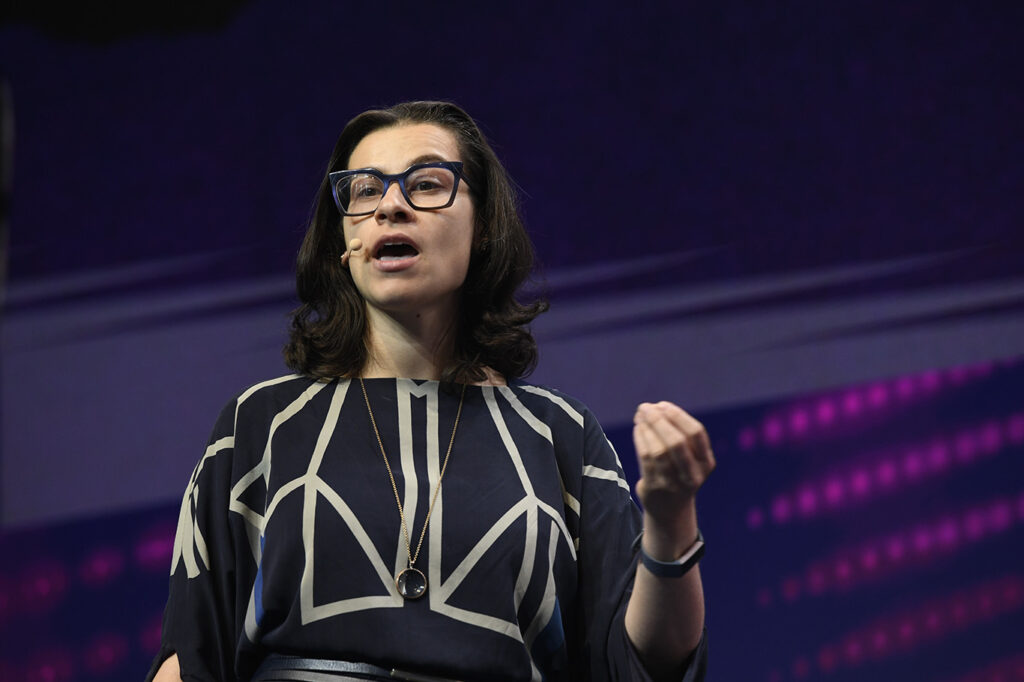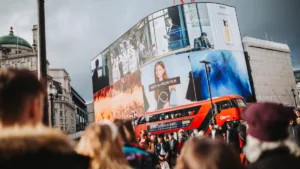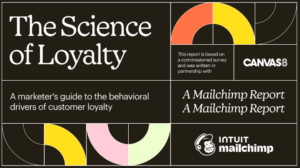As rising inflation curbs consumer spending, now more than ever, marketing strategies are being spotlighted as a key driver in delivering on bottom lines. However, new analysis reveals that some of the world’s largest brands are significantly undermining their ad spend budgets, thereby impacting performance, by developing below par creative for online ads.
Analysis from CreativeX, whose technology powers creative decision-making for the world’s largest brands, reviewed approximately two million pieces of global online content from leading advertisers in 2022, and found that the majority of brands were allocating 55% – equivalent to $1 billion in media spend – to adverts that did not meet basic creative best practices for Facebook, Youtube, Instagram, and Amazon.
Adoption of platform-specific creative best practices, like upfront branding or usage of sound, has been repeatedly linked to increased ROI, and ads that miss out on these experience a significant impact on advert effectiveness. Indeed, CreativeX has proven Return On Advertising Spend uplifts as high as 66% among creatives that meet platform best practices*.
Anastasia Leng, CEO and founder of CreativeX, commented: “As brands respond to a challenging economic environment for consumers, increasing scrutiny is being placed on marketing budgets. Our data highlights both an uncomfortable truth and a tremendous opportunity: brands are creating thousands of digital ads, and investing millions into them, despite the fact that they are not set up for success. By adding a layer of measurement to the creative production and media process, brands can make their budgets work harder and deliver increased media ROI as a result.”
Tracking around adherence to creative best practices has been adopted by some of the world’s largest brands, including Heinken, Nestlé, and Diageo, and aggregated under a single metric: The Creative Quality Score (CQS). While creative quality is only one element of creative excellence and effectiveness, it has a deep and statistically-proven impact on media efficiency. Working to optimise and stabilise the creative quality of ads is critical for media resilience in the challenging year ahead, particularly as the proliferation and fragmentation of media platforms increase.
Leng continued: “As our data suggests, improving creative quality is a vital component to scaling your creative efficiently and effectively but doing so requires bringing a layer of a new layer of data and measurement into your creative process. As creative quality starts to increase, media budgets should be shifted towards those creatives that have a high creative quality score and are therefore more likely to cut-through. Marketers who layer in creative data will be the ones that are most able to forge ahead.”
Brands who’ve incorporated the Creative Quality Score into their digital measurement frameworks are already reaping the rewards. Ivan Menezes (CEO, Diageo), set out the impact of CreativeX technology, and the CQS in particular, on Diageo’s marketing function: “CreativeX enables us to assess the creative effectiveness of our content before deployment. This drives further efficiency and ensures our content is perfectly optimised to deliver engagement. In Great Britain, CreativeX helped us reduce the cost per 1,000 views by 50%.”
* Reference to CreativeX’s partnership with Nestlé that began in 2020: Using CreativeX technology, the partnership has delivered a 66% increase in Return On Advertising Spend (ROAS) on Meta; ads with a high Creative Quality Score significantly outperform those with a low one.









